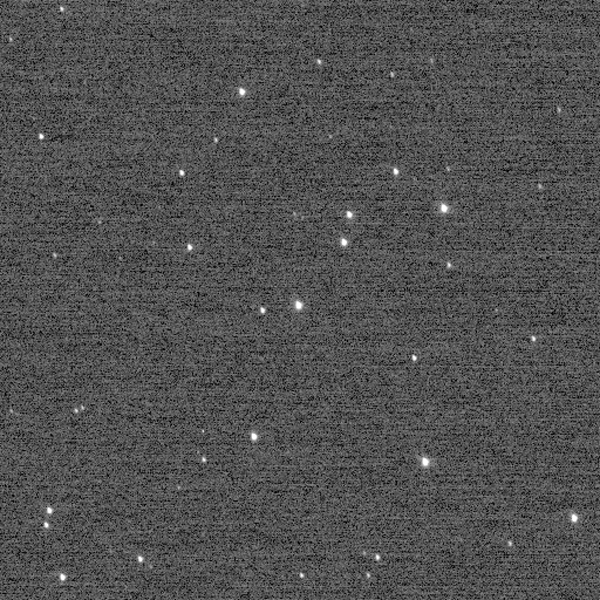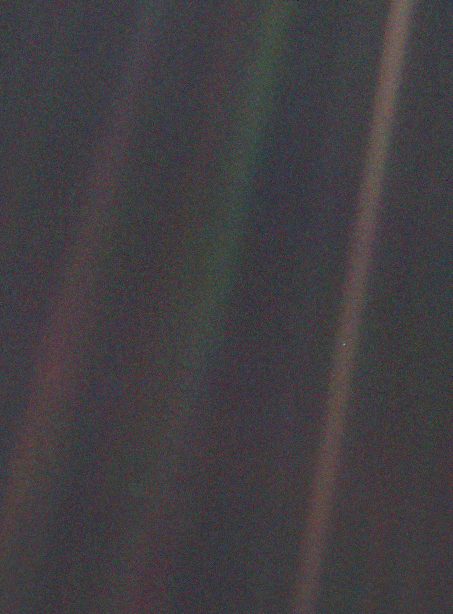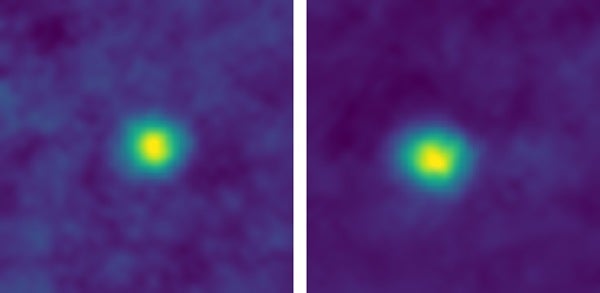New Horizons has already made history several times over. Not only was it the fastest spacecraft to launch (zooming toward Pluto at 36,000 miles per hour (almost 58,000 kilometers per hour), it was also the first spacecraft to visit the Kuiper Belt, sending back game-changing images of the Pluto system and soon, astronomers hope, MU69, its next target. But first, New Horizons had to make history yet again — this time by taking a simple calibration image that is the farthest from Earth ever captured, breaking the record set by Voyager 1 over 27 years ago.
New Horizons’ Long Range Reconnaissance Imager (LORRI) imaged the “Wishing Well” open star cluster (NGC 3532) December 5. The image was taken from a distance of 3.79 billion miles (6.12 billion km, or 40.9 astronomical units — 1 astronomical unit (AU) is the average Earth-Sun distance, and Pluto ranges between about 30 and 50 AU). In comparison, Voyager 1’s iconic “Pale Blue Dot” image, taken February 14, 1990, was snapped from a distance of 3.75 billion miles (6.06 billion km, 40.5 AU) from Earth. Soon after, Voyager’s camera was turned off, eliminating the possibility of additional record-breaking images. Until now.
But breaking Voyager’s record once just wasn’t good enough. Two hours later, New Horizons turned its imager toward 2012 HZ84 and 2012 HE85, two objects in the Kuiper Belt, and taking what are — for now — considered the farthest images from Earth ever captured.
New Horizons, scheduled to arrive at MU69 on New Year’s Day in 2019, is currently covering more than 700,000 miles (1.1 million km) each day. The spacecraft itself is currently in hibernation mode to save power; it will be woken up in June for testing and preparation for its next rendezvous — and more new records.












